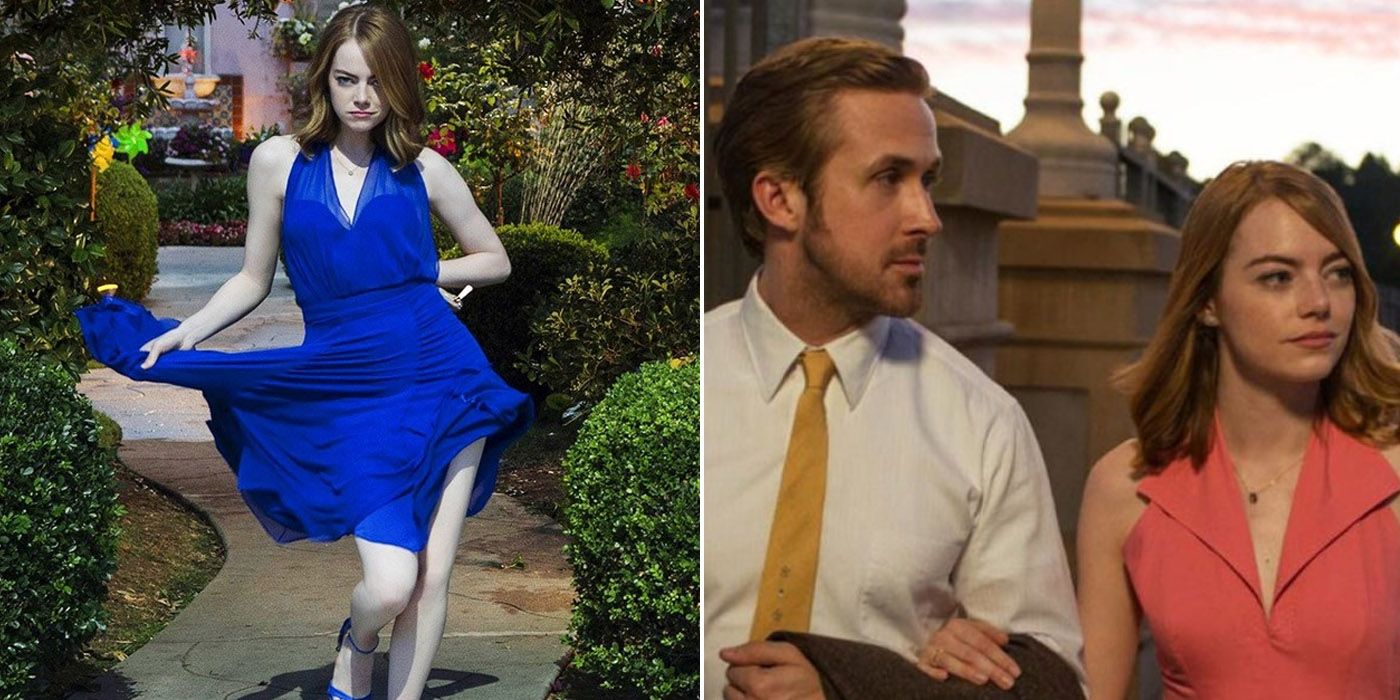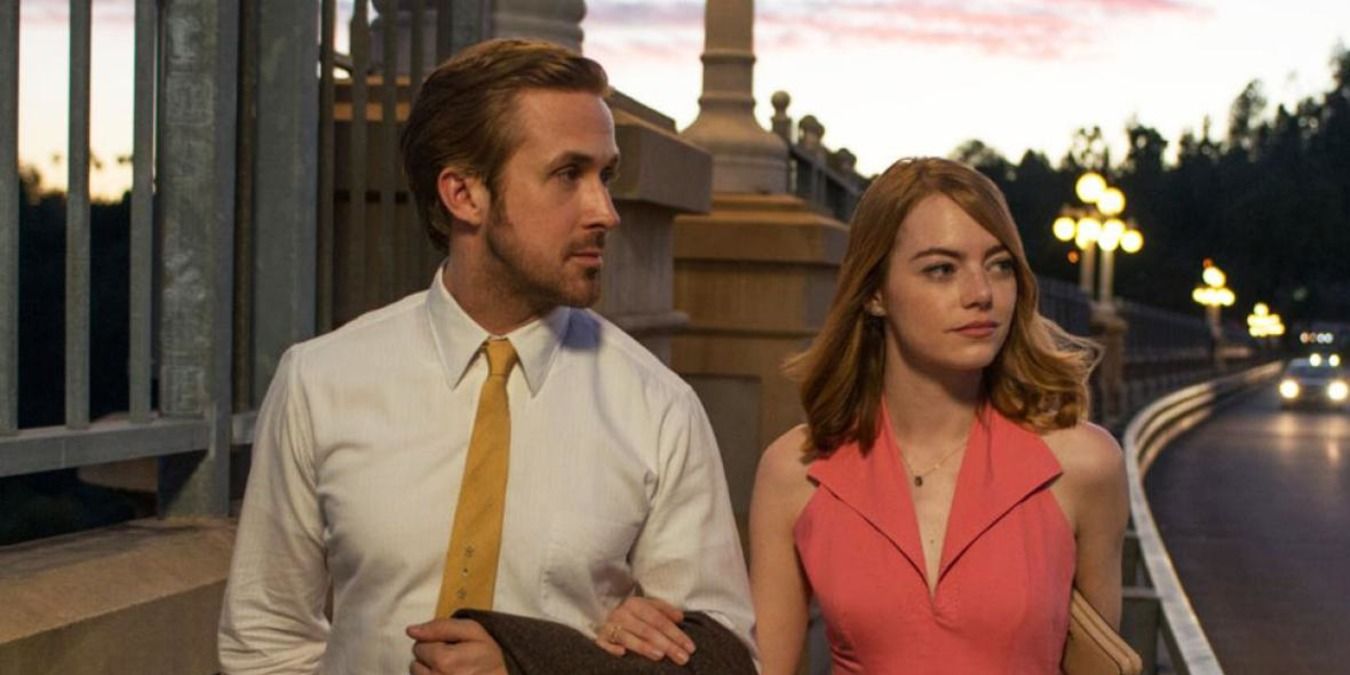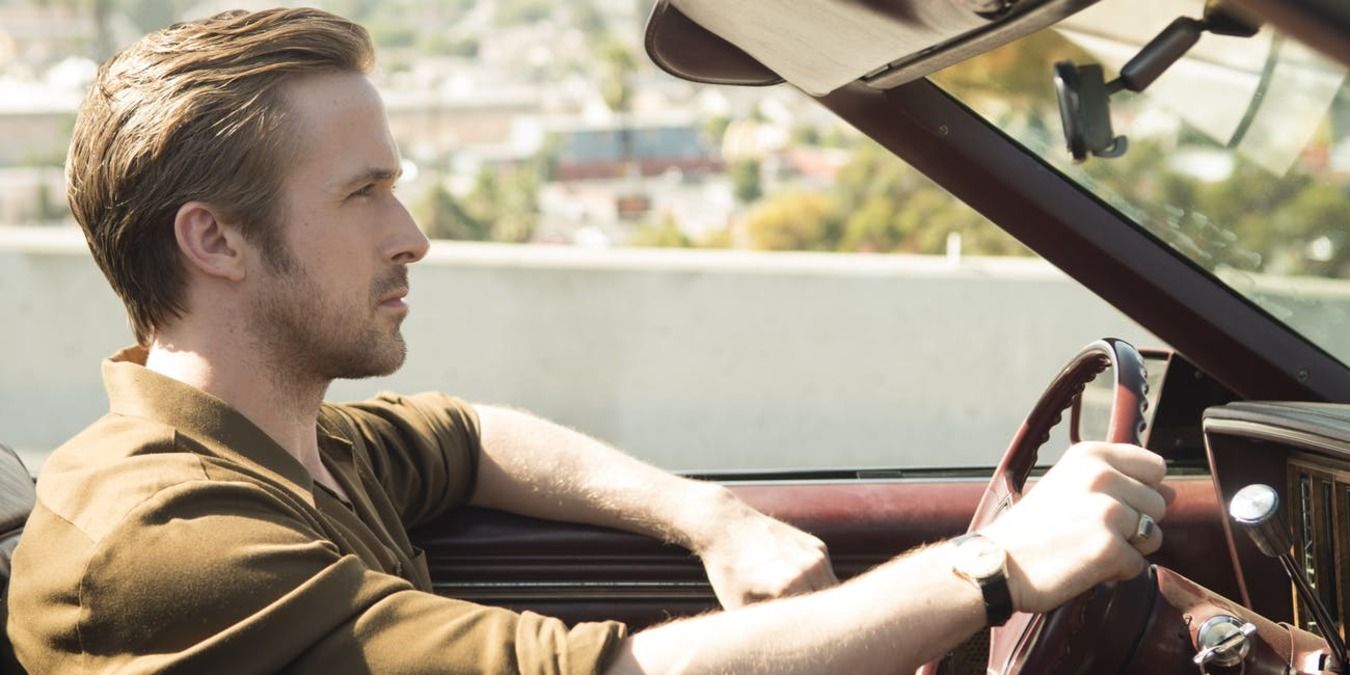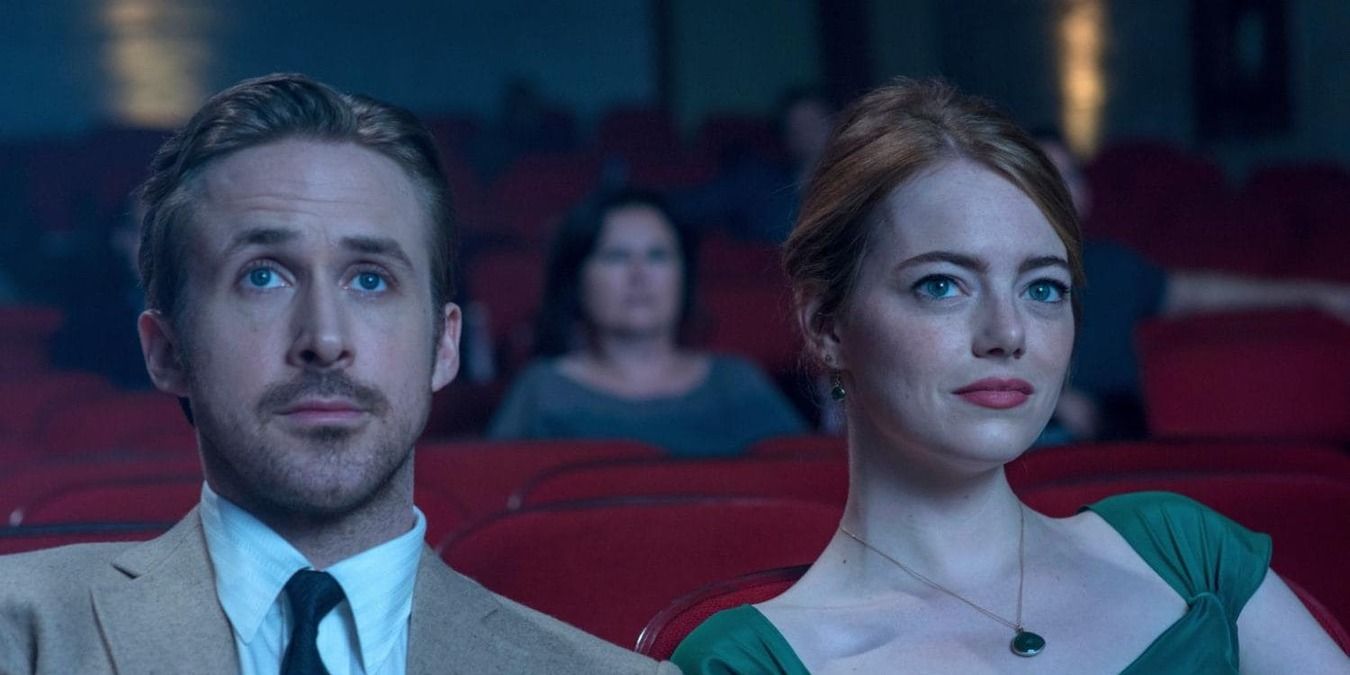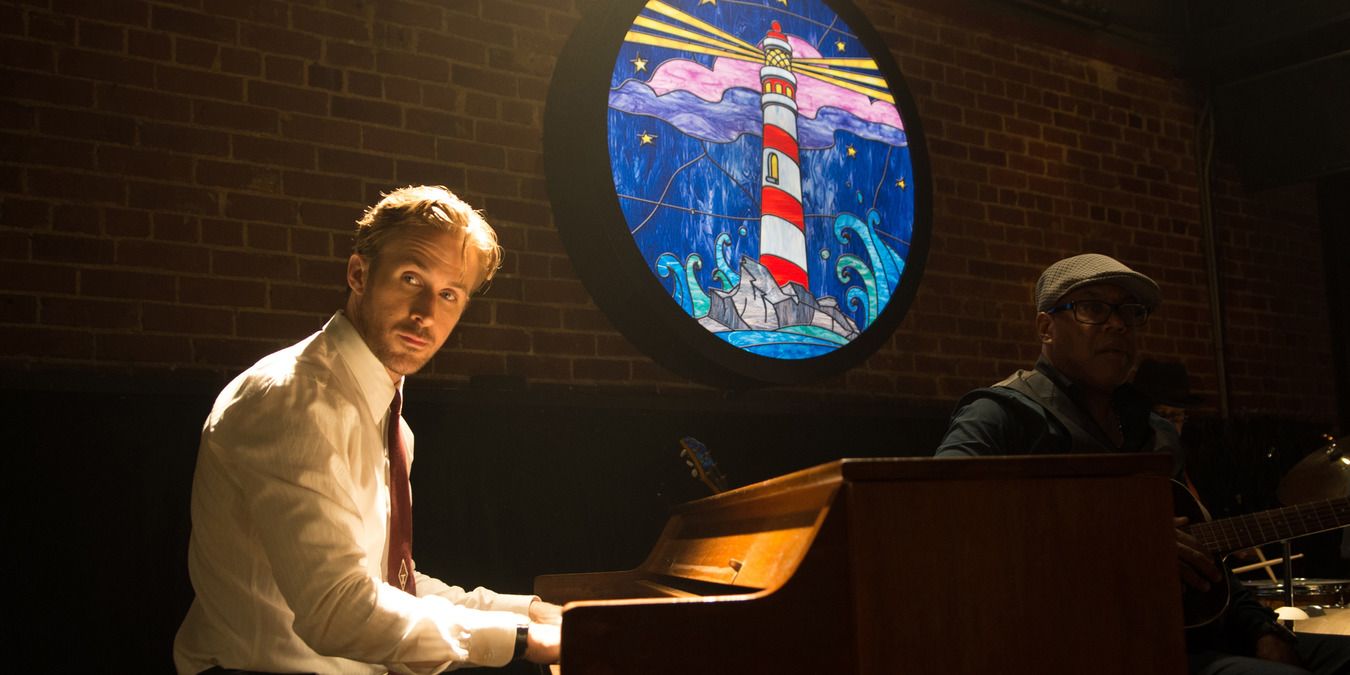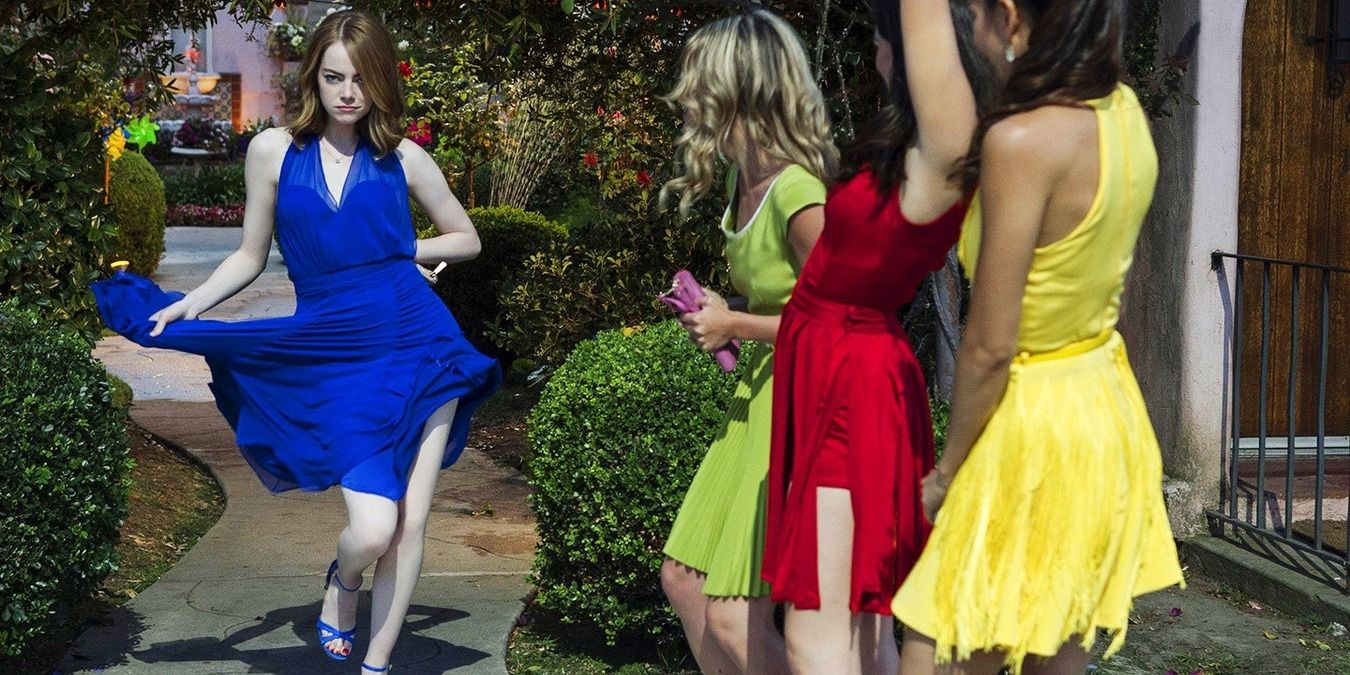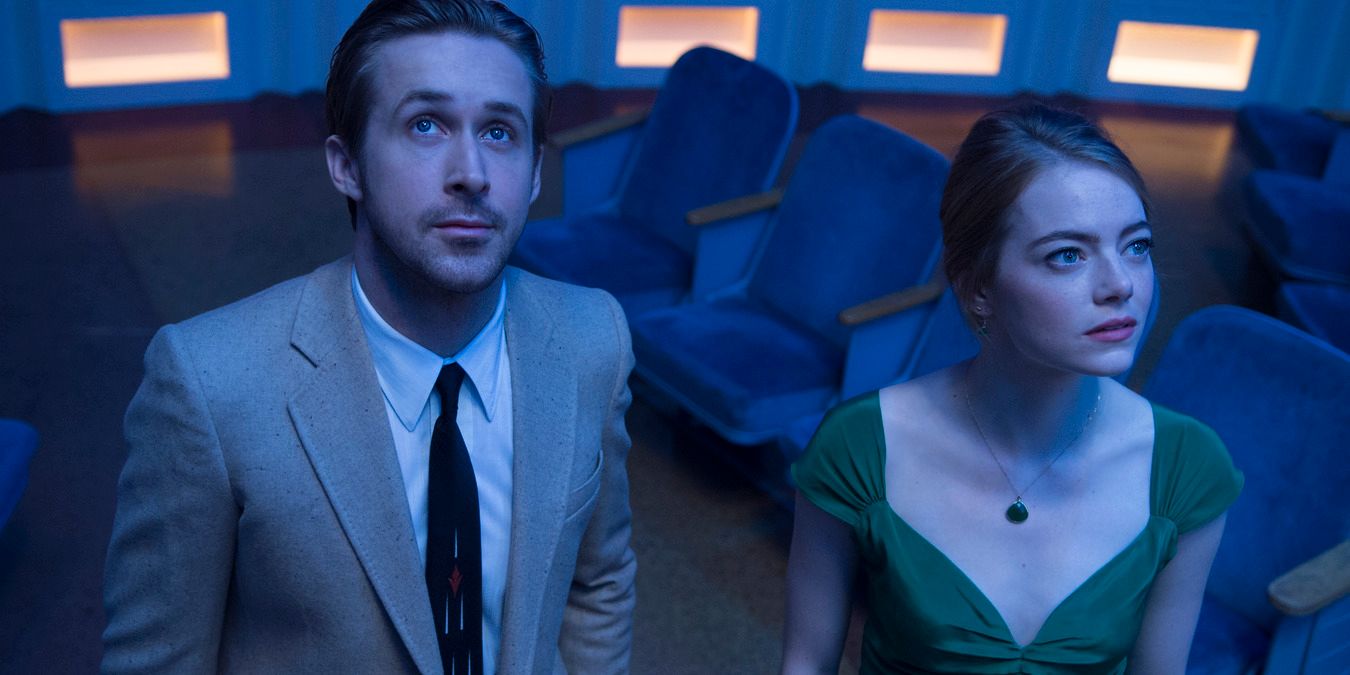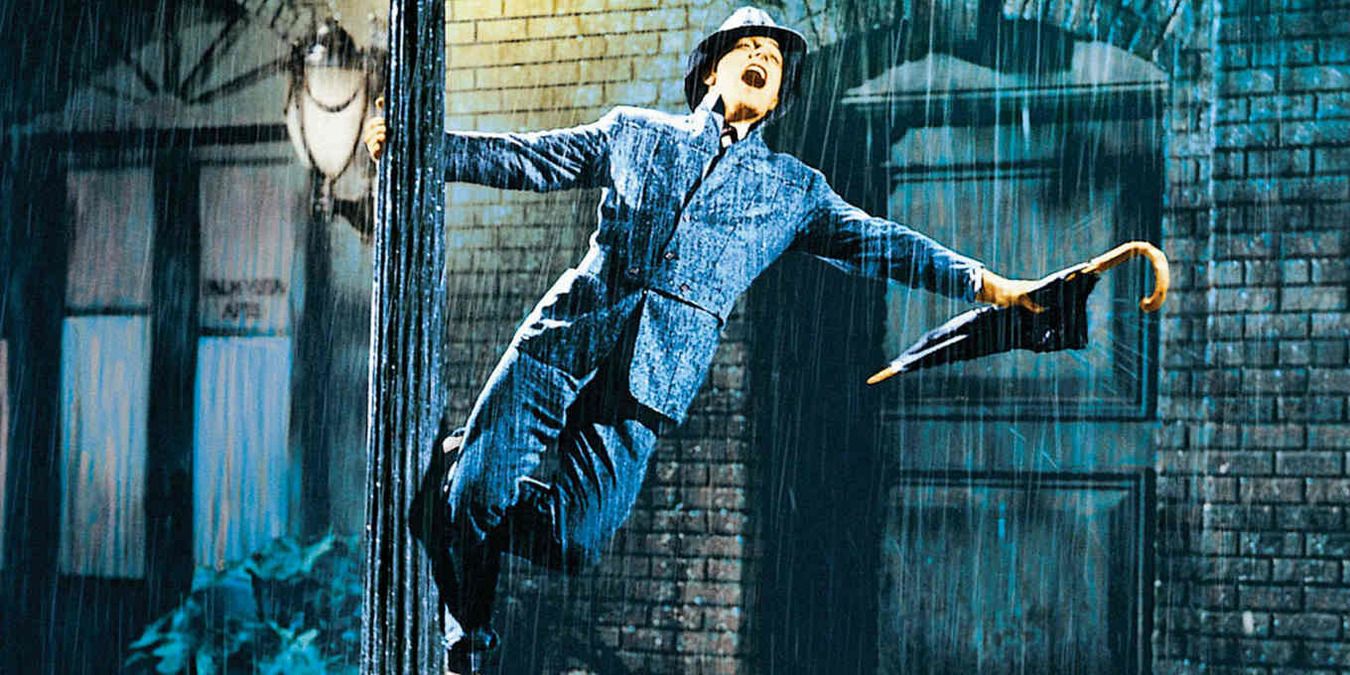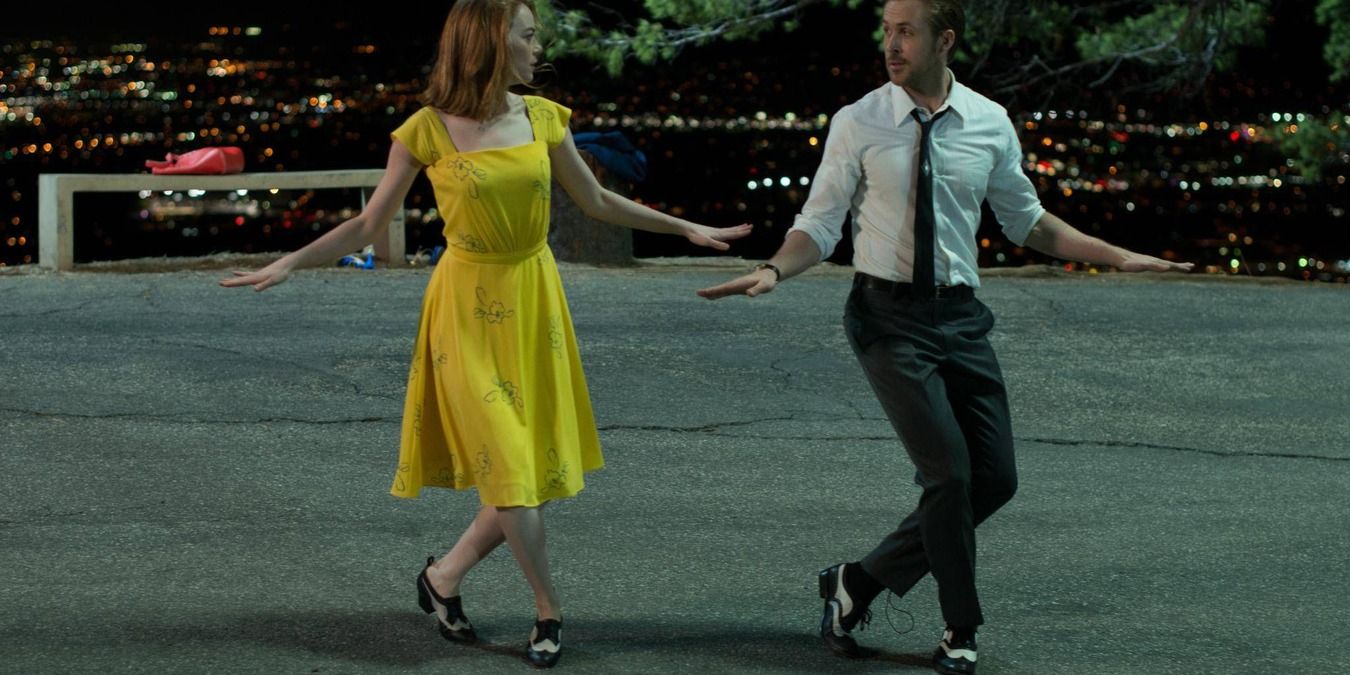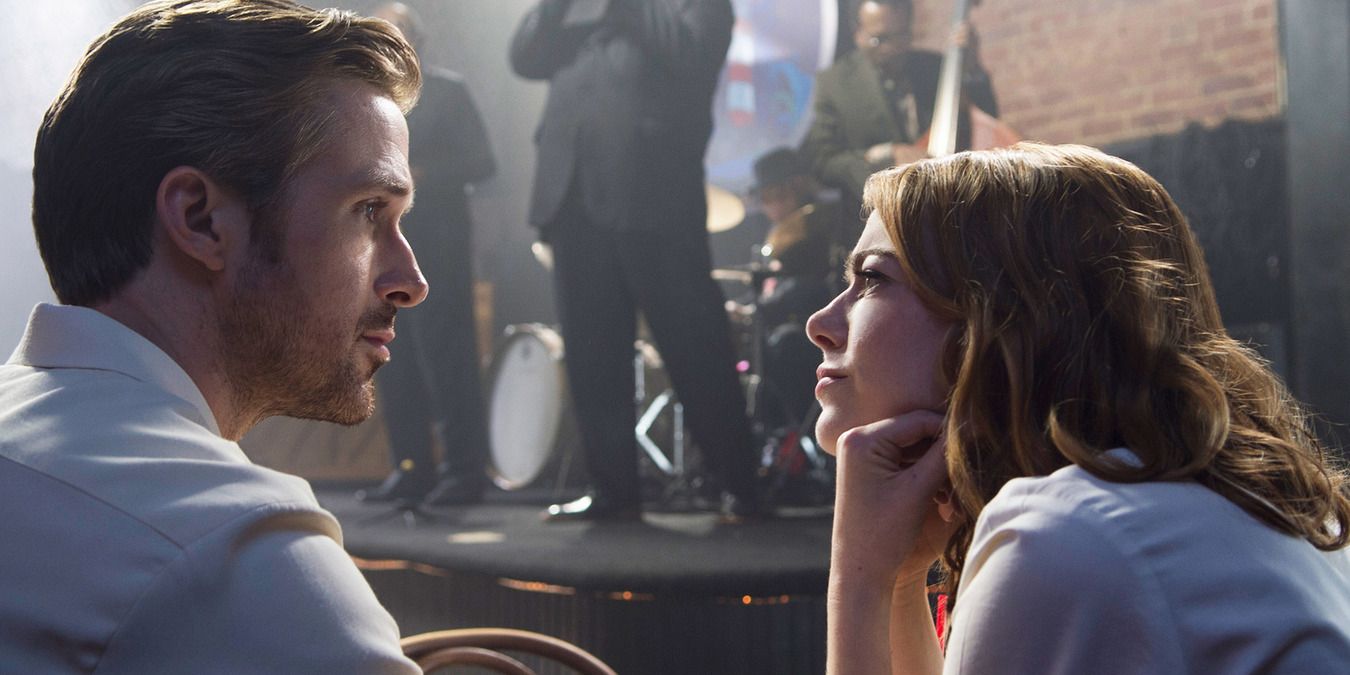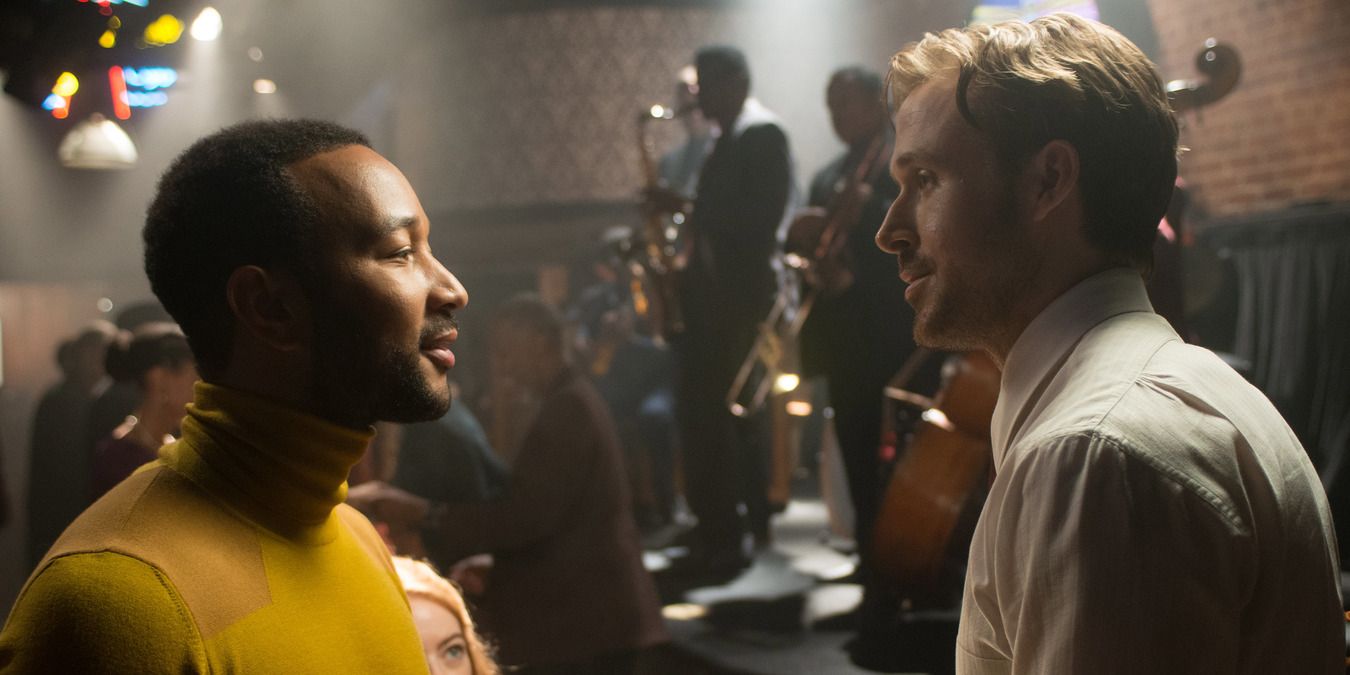La La Land stole our hearts back in 2016 when it hit the big screen with its honest, classic, and stunning tale. This movie even stole the show at the Academy Awards, with 14 nominations and 6 wins.
It's jammed full of references, Easter eggs, and underlying meanings, all of which created a ton of debate and conversation surrounding this film. If you watch the movie another time, you might just notice these 10 hidden details that were sneakily (and purposefully) added by the cast and crew.
Every Scene Has a Specific Color Palette
This is one detail that is definitely beautiful in our eyes and makes this film an absolutely stunning piece to watch. If you really look at each scene, you'll notice there are very specific color schemes and palettes with each different setting. This is on purpose.
If Mia is wearing a blue dress, the setting behind her is probably tinged with the same color. For example, Chazelle uses blue for scenes with high creativity and mood lighting. When you watch this movie again, you might just be able to distinguish a theme between the color of the scene and the significance of it.
Their Cars Say a Lot About Them
Mia drives a Prius, Sebastian drives a classic Riviera. Cool, right? Actually, this was done on purpose. In fact, it took the director and writers forever to decide which car they wanted Sebastian to drive. This was definitely not a throwaway detail.
Mia's car is sensible, modern, and pretty in-tune with her ambitious and practical personality. On the other hand, Seb's outdated, classic car reflects his old-school persona.
The Film They See is "Rebel Without a Cause"
While this movie was a popular and infamous film from this time in Hollywood, it wasn't just chosen on a whim by director Damien Chazelle. While this was an important film in this era and was included for that reason, the director nodded to this film in a few other sneaky ways.
We all remember James Dean's iconic red jacket from this film, right? Well, Emma Stone's character wears a similar jacket to both her audition and her call back.
Sebastian is Cooking Chicken at the End of the Film
If you remember at the beginning of the movie, Sebastian claims he wants to name his jazz club "Chicken on a Stick", because Charlie Parker was known for eating chicken. Mia tells him that no one will go to a place called that and that he should simply call it "Seb's".
At the end of the film, when Mia and her new husband are saying goodbye to their children, and Seb is getting ready to go to his jazz club, you can see him cooking chicken on the stove. He flips the chicken in the pan, and the scene changes to him entering into the jazz club with the neon sign reading "Seb's". We don't need to explain the poetic beauty of this, but we know you're dying a bit on the inside.
The Title is a Bit Pessimistic but Authentic
One reason this title is said to be "La La Land" is right on the surface. Los Angeles has the initials "L" and "A", hence the "La" in the title. However, this title was also chosen as a satire and jab at Hollywood culture.
Hollywood is a dream for many and is definitely portrayed as such. While this movie is super dreamy, hence "La La Land", not all dreams come true for these two characters. This allusion to a dream-like state is both beautiful and realistically devastating.
There Are a Lot of Nods to the Golden Age of Hollywood
Throughout the film, you may notice billboards, posters, and even music as the characters dance and fly through the streets of LA. This movie isn't only its own beautiful, Golden Age film, but it takes so much of its beauty from inspiration from some stellar films.
RELATED: Oscars 2017: The Academy's Biggest Surprises & Best Moments
They pass the window from Casablanca, go to the Griffith Observatory where Rebel Without a Cause was shot (and which the couple sees on their date), and if you look really close, there's even a billboard of Damien Chazelle's first movie, Guy and Madeline on a Park Bench. These are only a few, and there are a lot. You should give it a Google.
All the "Singin' in the Rain" Allusions
The director has been more than open about his inspiration from this famous musical, but it's actually pretty obvious when you take a moment to look for it. The couple's cute meet resembles Don and Kathy's from their film, and Mia and Seb even banter about him being a "serious musician", much like Kathy argues that she's a "serious actress".
If that isn't enough, maybe go back to your favorite musical number (Emma Stone's yellow dress, A Lovely Night, yeah you know it), and peak when Ryan Gosling spins around the lamp post. Very Gene Kelly-like, we must say.
Mia's Heels
This is a small detail, but it definitely shouldn't go unnoticed. If you look really closely, Mia changes out of her heels and into tap shoes when she and Sebastian are having their iconic dance in the twilight. However, what's really important, is that we don't see her in heels again until after she's left Sebastian.
This is a small, hidden detail that screams poetic parallel.
Chazelle's Signature "Glance"
At the end of the film, Mia and Seb look at each other with a serious glance, and they each slowly turn their mouths into a small smile. This is obviously meaningful, telling the audience that these characters will be alright.
This look is the ending of the movie, where viewers are allowed to finally feel as if these two parting ways will work out for both of them. However, this look also appeared at the ending of Whiplash and is said to be becoming Damien Chazelle's sneaky little director's signature.
Keith's and Seb's Debate Over Jazz
While Sebastian and Keith have a discussion over jazz music and the complexity of maintaining its integrity while adding inventiveness and creativity, this conversation was actually plugged in as a huge metaphor for the film industry.
Damien Chazelle has been very open about how this film is both a love letter to Hollywood and an underlying look at all its problems. The debate over jazz is supposed to mirror that of trying to make it big in Hollywood. The industry is simultaneously plagued by iconic film moments and the desire to innovate. Like Chazelle puts it, "do you try to preserve what you love about the past of an art form at the risk of marginalizing it?". This complexity is the core of this film, and this little jazz music debate is way more than meets the eye.

